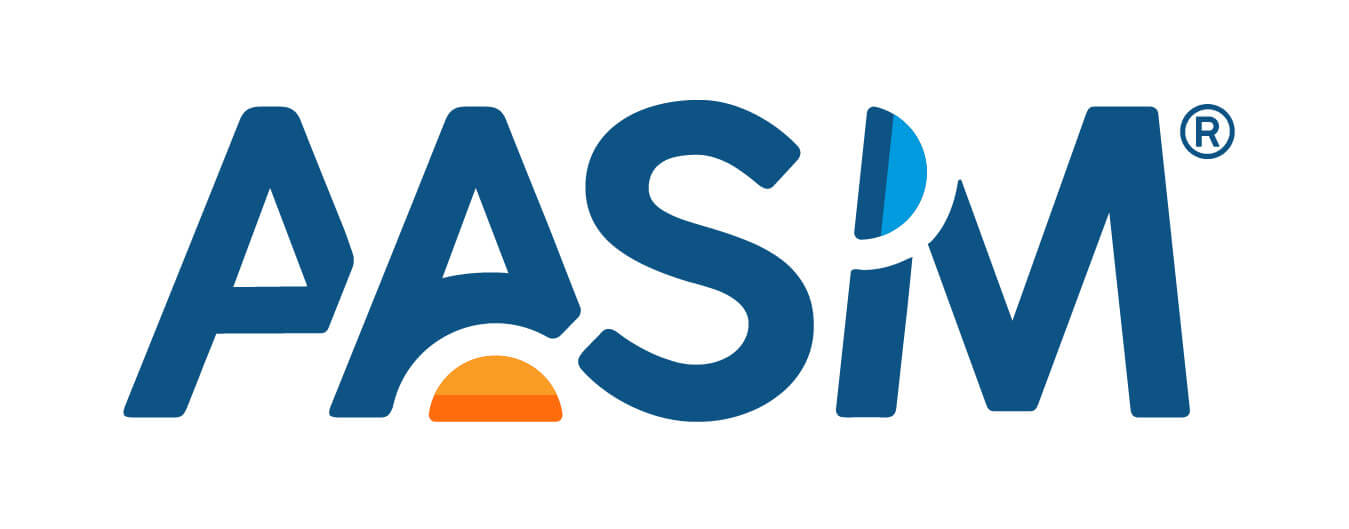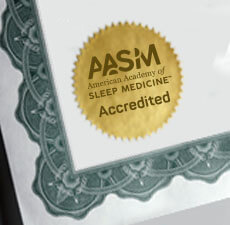DARIEN, IL – A neuroimaging study is the first to show that white matter damage caused by severe obstructive sleep apnea can be reversed by continuous positive airway pressure therapy. The results underscore the importance of the “Stop the Snore” campaign of the National Healthy Sleep Awareness Project, a collaboration between the Centers for Disease Control and Prevention, American Academy of Sleep Medicine, Sleep Research Society and other partners.
Results show that participants with severe, untreated sleep apnea had a significant reduction in white matter fiber integrity in multiple brain areas. This brain damage was accompanied by impairments to cognition, mood and daytime alertness. Although three months of CPAP therapy produced only limited improvements to damaged brain structures, 12 months of CPAP therapy led to an almost complete reversal of white matter abnormalities. Treatment also produced significant improvements in nearly all cognitive tests, mood, alertness and quality of life.
“Structural neural injury of the brain of obstructive sleep apnea patients is reversible with effective treatment,” said principal investigator and lead author Vincenza Castronovo, PhD, clinical psychologist at the Sleep Disorders Center at San Raffaele Hospital and Vita-Salute San Raffaele University in Milano, Italy. “Treatment with CPAP, if patients are adherent to therapy, is effective for normalizing the brain structure.”
The study results are published in the September issue of the journal Sleep.
“Obstructive sleep apnea is a destructive disease that can ruin your health and increase your risk of death,” said American Academy of Sleep Medicine President Dr. Timothy Morgenthaler, a national spokesperson for the Healthy Sleep Project. “Treatment of sleep apnea can be life-changing and potentially life-saving.”
The “Stop the Snore” campaign was launched recently to encourage people to talk to a doctor about the warning signs for sleep apnea, which afflicts at least 25 million adults in the U.S. Sleep apnea warning signs include snoring and choking, gasping or silent breathing pauses during sleep. Pledge to stop the snore at stopsnoringpledge.org.
The study involved 17 men with severe, untreated obstructive sleep apnea who had an average age of 43 years. They were evaluated at baseline and after both three months and 12 months of treatment with CPAP therapy. At each time point they underwent a neuropsychological evaluation and a diffusion tensor imaging examination. DTI is a form of magnetic resonance imaging that measures the flow of water through brain tissue. Participants were compared with 15 age-matched, healthy controls who were evaluated only at baseline.
A previous study by Castronovo’s research team found similar damage to gray matter volume in multiple brain regions of people with severe sleep apnea. Improvements in gray matter volume appeared after three months of CPAP therapy. According to the authors, the two studies suggest that the white matter of the brain takes longer to respond to treatment than the gray matter.
“We are seeing a consistent message that the brain can improve with treatment,” said co-principal investigator Mark Aloia, PhD, Associate Professor of Medicine at National Jewish Health in Denver, Colorado, and Senior Director of Global Clinical Research for Philips Respironics, Inc. “We know that PAP therapy keeps people breathing at night; but demonstrating effects on secondary outcomes is critical, and brain function and structure are strong secondary outcomes.”
The study was supported by the Respironics Foundation and performed in collaboration with the Center of Excellence in High-Field Magnetic Resonance Imaging at Vita-Salute San Raffaele University.
To request a copy of the study, “White Matter Integrity in Obstructive Sleep Apnea before and after Treatment,” or to arrange an interview with the study author or an AASM spokesperson, please contact media@aasm.org.
The monthly, peer-reviewed, scientific journal Sleep is published online by the Associated Professional Sleep Societies LLC, a joint venture of the American Academy of Sleep Medicine and the Sleep Research Society. The AASM is a professional membership society that improves sleep health and promotes high quality patient centered care through advocacy, education, strategic research, and practice standards.
About the National Healthy Sleep Awareness Project
The Healthy Sleep Project addresses the sleep health focus area of Healthy People 2020, which provides science-based, 10-year national objectives for improving the health of all Americans. The sleep health objectives are to increase the medical evaluation of people with symptoms of obstructive sleep apnea, reduce vehicular crashes due to drowsy driving and ensure more Americans get sufficient sleep. For more information, visit projecthealthysleep.org.
Updated Nov. 6, 2017








